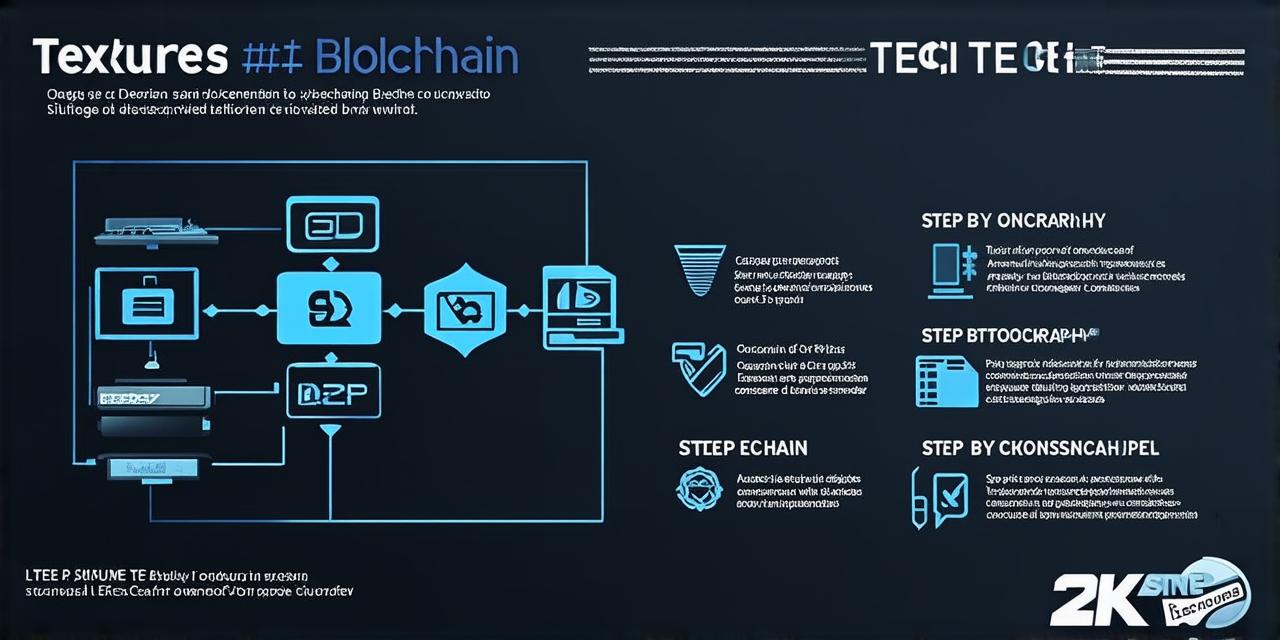Blockchain technology is transforming industries and revolutionizing the way we think about data security and privacy. With its decentralized, immutable ledger system, blockchain has become a popular choice for applications such as cryptocurrency, supply chain management, and identity verification.
Understanding Blockchain Basics
What is Blockchain?
Blockchain is a decentralized, distributed database that records transactions in a secure and transparent way. It is based on the concept of consensus, where multiple participants agree on the state of the ledger. The data is stored in blocks, which are linked together using cryptographic algorithms to create an unalterable chain of information.
How does Blockchain work?
Blockchain works by creating a distributed network of nodes that all maintain a copy of the ledger. Each node validates transactions and adds them to the blockchain if they meet certain criteria, such as being in compliance with predefined rules or smart contracts. The ledger is updated in real-time, and any changes to it are recorded on every node in the network.
The decentralized nature of blockchain means that there is no central authority controlling the data or the network itself. Instead, decisions are made through consensus mechanisms such as proof-of-work, proof-of-stake, or delegated proof-of-stake.
Benefits and challenges of Blockchain development
Blockchain technology offers several benefits, including increased transparency, improved security, and enhanced trust between parties. It also allows for faster and more efficient transactions, as well as the ability to store large amounts of data in a decentralized manner.
However, blockchain development is not without its challenges. The decentralized nature of the technology means that there are no centralized authorities to turn to for support or guidance. Additionally, the complexity of the underlying algorithms and protocols can make it difficult for developers to build secure and scalable applications.
Getting started with Blockchain Development
If you’re interested in learning more about blockchain development, there are several resources available online. Here are some tips to help you get started:
- Learn the basics of cryptography: Cryptography is at the heart of blockchain technology, and understanding the fundamental concepts such as encryption, hashing, and digital signatures will be essential for building secure applications.
- Familiarize yourself with different types of blockchain: There are several types of blockchain, including public, private, and hybrid blockchains. Understanding the differences between them and when to use each one will be important for choosing the right solution for your application.
- Explore smart contract development: Smart contracts are self-executing contracts with the terms of the agreement written into code. They allow for automation of processes and can greatly simplify the management of complex transactions. Learning how to develop smart contracts will be a valuable skill for any blockchain developer.
- Participate in online communities: Join online communities such as Reddit’s r/ethereum or Stack Overflow’s Ethereum tag to connect with other developers, share knowledge and ask questions.
- Experiment with small projects: Building small projects using open-source tools such as Truffle or Remix can be a great way to learn about blockchain development and gain hands-on experience.
Case Study: Building a Blockchain Application for Supply Chain Management
Back to top
Let’s take a look at an example of how blockchain technology can be used in supply chain management.
Supply chain management involves tracking the movement of goods from the point of origin to the final destination, ensuring that the products are authentic, safe and meet quality standards. However, this process is often plagued by issues such as counterfeiting, fraud, and lack of transparency.
A blockchain-based supply chain management application can help address these challenges by providing a decentralized, immutable ledger that records every transaction along the supply chain. Each participant in the network, such as manufacturers, distributors, and retailers, can access this ledger to verify the authenticity of products, track their movement, and ensure compliance with regulations.
For example, Walmart has implemented a blockchain-based system for tracking food products, allowing them to quickly identify and remove contaminated items from shelves. This has helped improve food safety and reduce waste.

Building a Secure and Scalable Blockchain Application
Back to top
When building a blockchain application, there are several key considerations to keep in mind to ensure security and scalability:
- Choose the right consensus mechanism: The choice of consensus mechanism will depend on factors such as the size of the network, the frequency of transactions, and the level of decentralization required.
- Design for security: Security should be built into every layer of the application, including the smart contracts, the network protocols, and the user interface. This includes using best practices such as secure coding, input validation, and encryption.
- Optimize for performance: Blockchain applications can be resource-intensive, so it’s important to optimize them for performance by minimizing gas usage, reducing latency, and using sharding or off-chain scaling solutions.
- Consider regulatory requirements: Depending on the application, there may be regulatory requirements that need to be taken into account, such as data privacy laws or anti-money laundering regulations.
- Test thoroughly: Thorough testing is essential for identifying and fixing bugs and vulnerabilities in the application before it is deployed. This includes unit testing, integration testing, and penetration testing.
Summary
Blockchain technology is transforming industries and offering new opportunities for innovation and disruption. By understanding how blockchain works, developers can build secure and scalable applications that improve data security, privacy, and trust between parties. As the technology continues to evolve, it’s important for developers to stay up-to-date with the latest developments and best practices to ensure they are building the most effective and efficient solutions possible.
